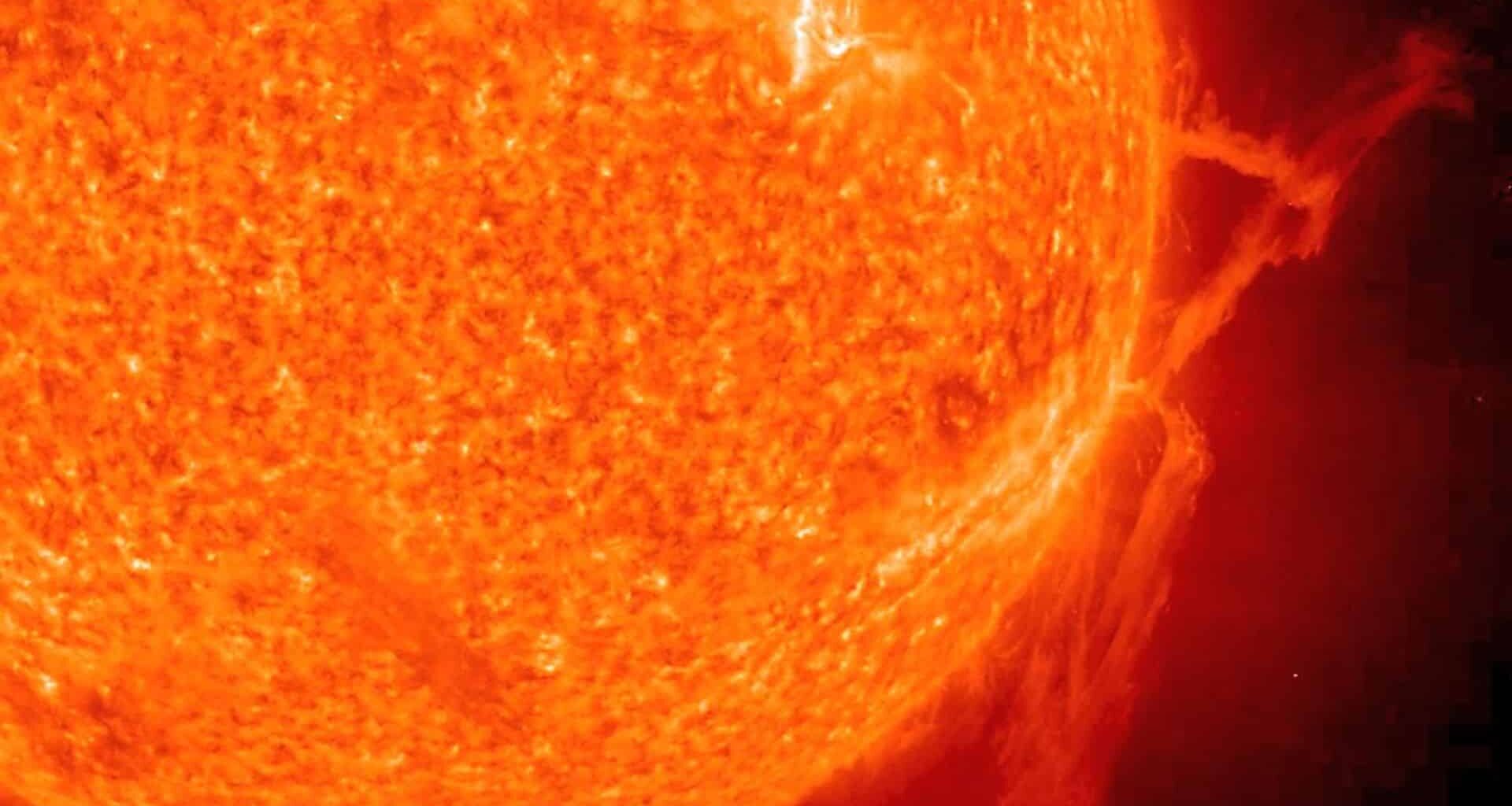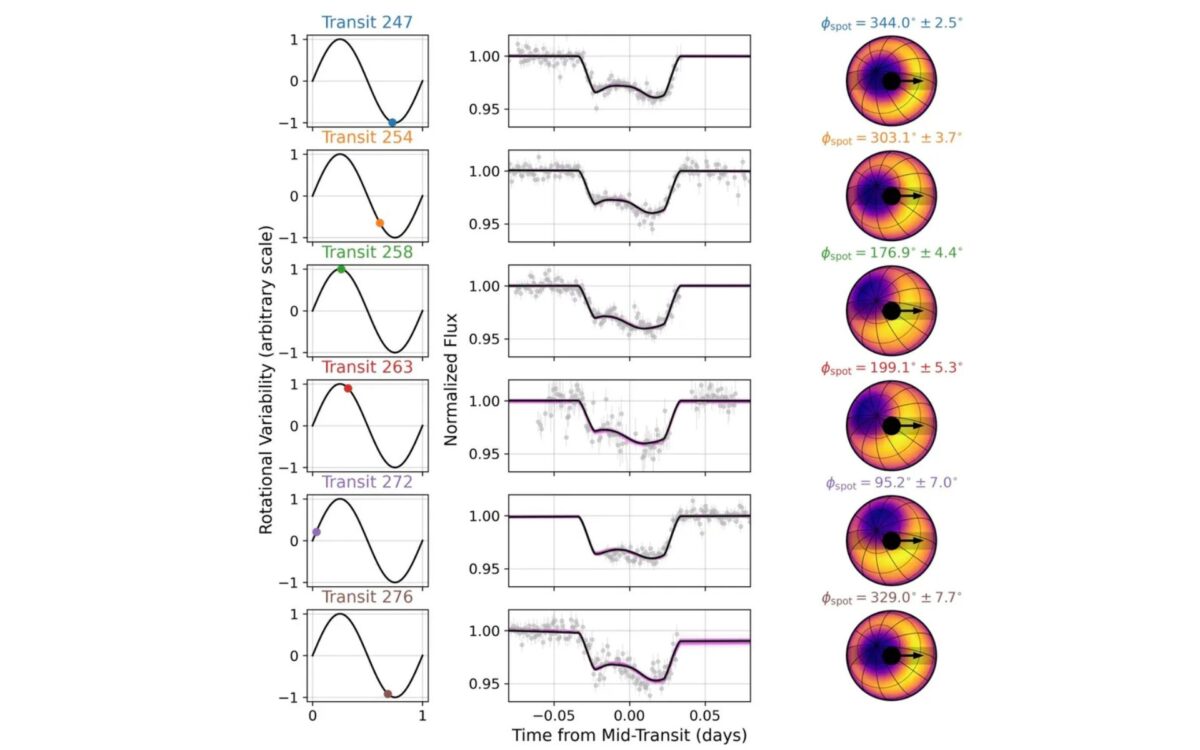Astronomers have recently uncovered a fascinating discovery involving a distant star system. Observations of a planet transiting its parent star revealed a massive, persistent starspot that has been present for at least seven years. This pimple on the star’s surface covers about 7% of the total area, which is much larger than typical sunspots observed on our Sun.
The finding, reported by LiveScience, adds to our understanding of stellar magnetic activity. Despite the significance of the discovery, the exact causes and long-term implications of this starspot remain unclear, leaving many questions about its role in the star’s dynamics.
How the Discovery Was Made
The discovery was made possible through the transit method, where astronomers observe a planet passing in front of its host star, causing a temporary drop in the star’s brightness. The planet TOI-3884 b, a Neptune-like exoplanet 33 times the mass of Earth, transits its parent star regularly. However, what made this transit unusual were the asymmetrical bumps observed in the star’s light curve, which led researchers to investigate further.
What Makes the Starspot Unique?
The starspot on TOI-3884 differs from typical sunspots in several ways. First, it is massive, with a radius of 76,000 miles (or 122,000 kilometers), covering 7% of the star’s surface area. This is far larger than the largest sunspots on our Sun, which cover only about 0.3% of the Sun’s surface. In addition, it has persisted for at least seven years, which is significantly longer than the typical lifespan of sunspots, which usually last only a few months.
As Patrick Tamburo, a postdoctoral researcher at Harvard University and the study’s first author, stated, “on the Sun, the longest-lived spots last for a few months.”
This longevity is particularly notable for polar spots on rapidly rotating stars like TOI-3884, which can last for decades.
How the Starspot Affects the Planet’s Orbit
The position and persistence of the starspot have also provided clues about the planet’s orbit. The study suggests that TOI-3884 b may follow a highly tilted orbit, possibly even perpendicular to the star’s equator. This unusual orbit could be a result of the planet’s gravitational interactions with another object or due to the original tilt of the material disk from which the planet formed.
This tilt, along with the starspot’s position near the pole, likely contributes to the peculiar transit signature observed. Such pimples or starspots “have been observed on many different types of stars – including M-dwarfs like TOI-3884,” Tamburo explained.
The discovery of such a large and long-lasting starspot on TOI-3884 opens up new avenues for studying stellar dynamics. The findings could help astronomers understand more about the magnetic activity of stars, particularly M-dwarfs, which are known for their intense magnetic fields and starspots. Moreover, understanding the relationship between starspots and exoplanetary orbits can provide deeper insights into the evolution of planetary systems, especially those orbiting rapidly rotating stars.
The data also revealed that the rotation period of TOI-3884 is approximately 11 days, further indicating the star’s dynamic nature. The orbital period of TOI-3884 b is 4.5 days, highlighting the planet’s close proximity to its parent star and its unusual interaction with the starspot.

